5 Great Reasons Why Children Should Learn Math Using an Abacus
Reason #1: Number Sense and Basic Numeracy
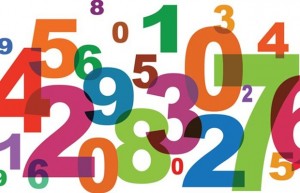
All students must develop a sense for numbers, what numbers represent, and basic fluency. Unfortunately most students don’t have a good grasp on these basic core math skills. PEW Research shows 35% of 4th graders are below basic math understanding. According to the National Assessment of Educational Progress, only 33% of California 4th graders and 28% of 8th graders are proficient or better in math. The University of Missouri study of 7th graders states, “those who lagged behind their peers in a test of core math skills needed to function as adults were the same kids who had the least number sense of fluency way back when they started first grade.”
Experiments have shown that the average person has a number sense around 4. For most people tracking more than 4 objects or items is challenging and difficult. In other words our human number sense ability is not much better than that of the common Crow! However, the abacus is an ideal tool to teach children to develop a high sense of numbers and easily manage it from a simple visual representation of beads.
Number sense is important because it encourages students to think flexibly and promotes confidence with numbers. The National Council of Teachers states number sense provides students with number meaning, number relationships, number magnitude, operations involving numbers, and referents for numbers and quantities. The simplicity of how the abacus/soroban represent numbers and their magnitude, place value, and absolute ease of operation is why the abacus trained math student has a highly developed sense of numbers.
Reason #2: Internationally Standard Base 10 Numbering System
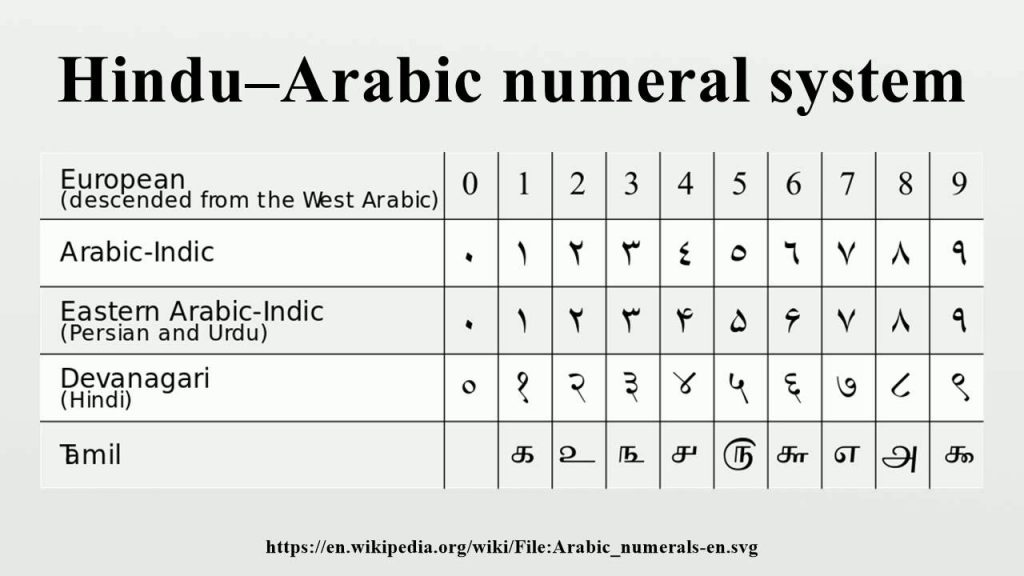
Our standard numbering system is a base 10 system, meaning our system of numbers has only 10 possible symbols or digits, 0 through 9, which are used over and over again to form any number. The Japanese abacus or soroban is constructed on the base 10 numbering system. So each rod of the abacus represents a single base 10 digit, 0 through 9. Students learning math utilizing the abacus, learn numbers with the constant reminder and understanding they are working within a base 10 system. Therefore abacus users develop a foundational understanding of our base 10 system, the digits representing all numbers within the system, and how the concept of place value deepens their understanding of what each number truly represents. Soroban users can experience the efficiency of our base 10 numbering system by using place value and a fixed small number of symbols, exactly 10, to represent all numbers of any size! Because the abacus shows users visually our method of repetitive counting and place value, students understand the 3 in the number 374 signifies the fourth round of repeating the 100 two-digit numbers 00 to 99.
Reason #3: Visual or Mental Math
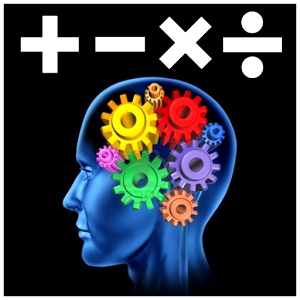
We all understand how useful and necessary the ability to conduct mental calculation is in our daily lives. The problem is most of us were never taught a robust, systematic way to think about mental calculation. Instead we learned a bag of mental math tricks that worked in some situations but not very well in others. So for most of us mental math remains challenging and somewhat unobtainable. For the abacus/soroban user, every time they use the abacus they are training their mind for mental calculation by visualizing the bead movements in their head. Simply using a physical abacus mental calculation develops naturally. Math training with the abacus recognizes the abacus as a visualization tool. After some consistent abacus use, students can simply visualize the bead movements in their head. The sense of touch using the physical abacus provides the stimulus to the right lobe of the brain responsible for imagery and visual processing. The more the student trains on the physical abacus the stronger the mental image becomes in the brain. Research has shown the right side of the brain is capable of processing images much faster than the left side of the brain can logically reason through to the answer. This is why abacus trained students can do mental math with amazing speed and accuracy. They are processing numbers as visual images instead of logical symbols. Learning mental calculation through the use of the abacus gives students a robust, systematic, and general purpose way to do any mental calculation.
Reason #4: Concentration and Focus
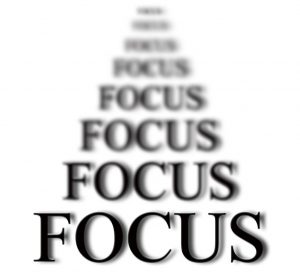
Every parent and teacher knows that one of the biggest challenges facing educating our children is their ability to concentrate and focus for extended periods of time. The Rightlobemath.com online abacus math program is a structured curriculum teaching children to build their ability to concentrate and focus step by step as they progress through the program. Students are engaged and motivated to strengthen their ability to concentrate. Although concentration and focus are essential in their math education, this skill will also apply to just about everything they do in their lives. Giving kids a structured way to develop their focus gives them a leg up on their future success.
Reason #5: Confidence
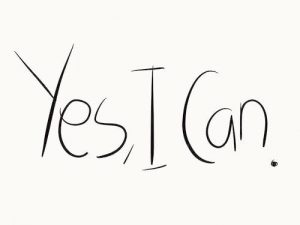
In our years of teaching abacus based math instruction, probably the most striking result has been watching young children both male and female grow in their confidence to take on math challenges. You hear many children (and adults!) characterize learning math as difficult or math is just something they don’t get or understand. Math is only for the “smart” kids. Because the Rightlobemath.com online program provides kids with a way to have math success immediately and continue with incremental successful learning along the way, children quickly develop a sense of confidence in math and their math skills. This confidence encourages children to reach for new math challenges and enjoy their accomplishments along their math journey. With confidence to take on challenges, they can accomplish just about anything!